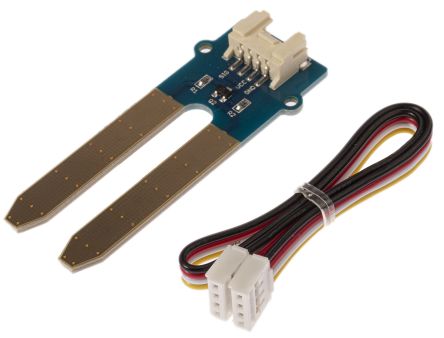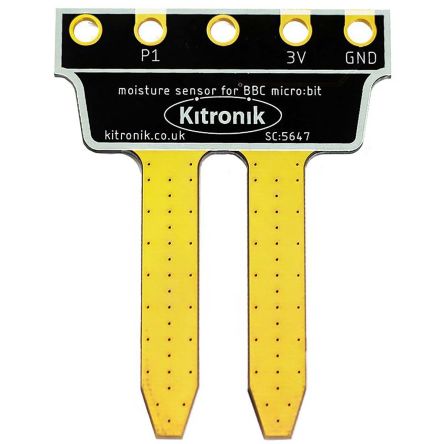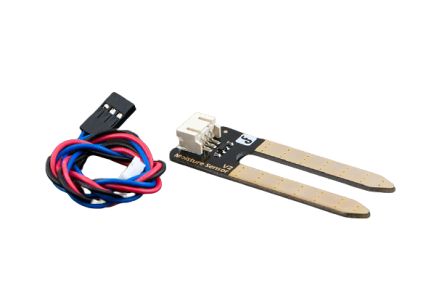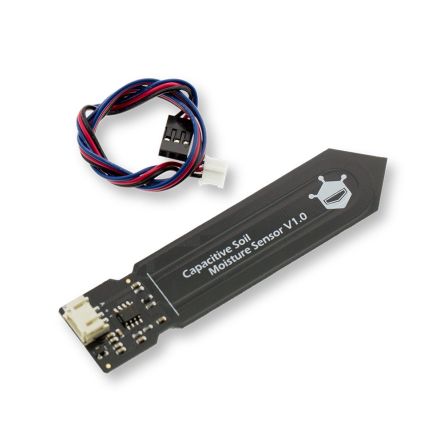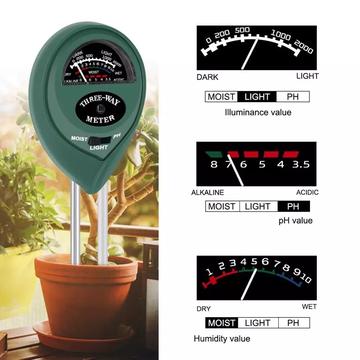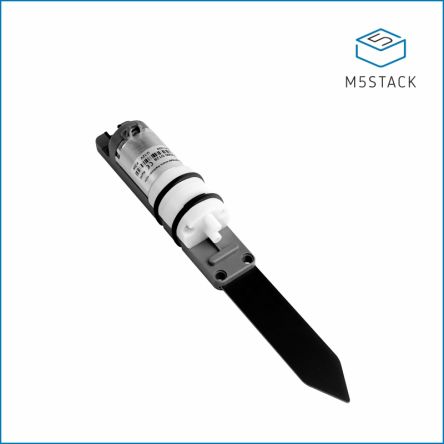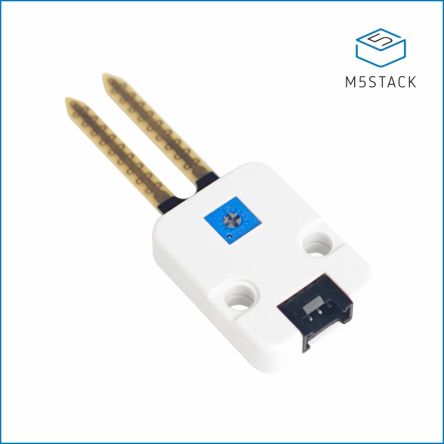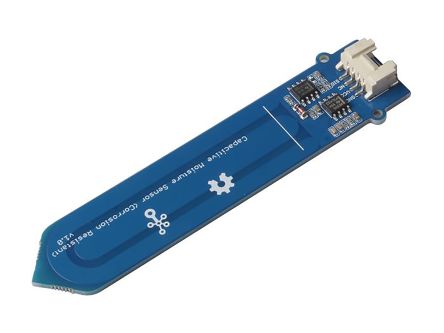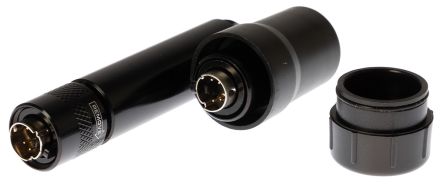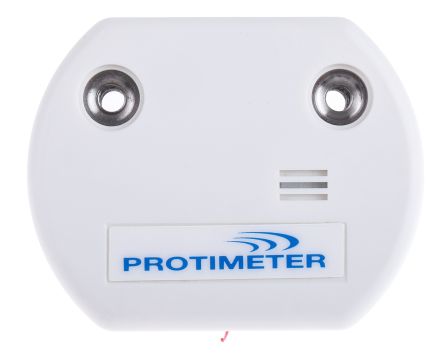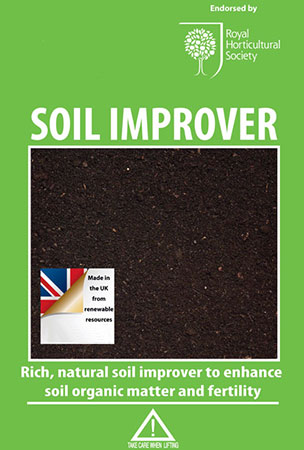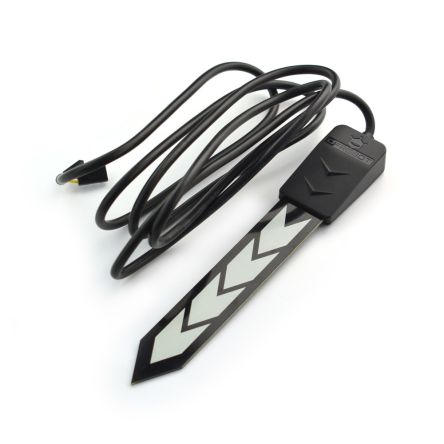
Brand
- Alcon 3.874
- Mascot 3.340
- Sick 2.686
- Goodmove 2.683
- M&S Collection 2.340
- Bosch 2.154
- CAMBIARE 1.903
- Omron 1.829
- FootJoy 1.599
- Discount Dealers 1.366
- Premier 1.268
- Design Hut 1.260
- Festo 1.212
- Charlotte Dunes 1.207
- Gildan 1.200
- Tyrell & Tyrell 1.199
- Bausch & Lomb 1.186
- Sid & Sam 1.163
- Stormtech 1.161
- Portwest 1.137
- Garden Plants Online 1.089
- Style and Chic 1.078
- RS PRO 1.030
- Casper Homes 1.026
- Unbeatable Bargains 1.010
- Direct Imports 1.003
- Under Armour 986
- ELESA 978
- Millennium Furniture 976
- R and M Furniture 976
- All Things Good 967
- Decor Base 959
- Honeywell 958
- The Home Maker 946
- Telemecanique Sensors 940
- Merkel Designers 931
- Merlin Deals 918
- Brittle & Co 900
- Ping 847
- Callaway 830
- BLUE PRINT 821
- Eurocell 794
- Blaklader 700
- YouGarden 642
- Golden Valley Plants 627
- MTP Products 615
- 3M 594
- Pepperl + Fuchs 591
- Henbury 585
- APEC 553
- Carpe Diem Beds 550
- Puma 548
- Mizuno 542
- uvex 537
- Maroxe 486
- Result 483
- Galvin Green 462
- Crowcon 440
- Adidas 439
- ifm electronic 419
- Autograph 418
- Panasonic 415
- Cofra 407
- Perform Panel 406
- TRW 400
- Body by M&S 397
- Anglo Aquatics 381
- Russell 376
- Co 372
- Spiro 368
- ValuePlus 364
- BPLAS 356
- Beeswift 355
- Finden + Hales 351
- BALLUFF 349
- Maxim Integrated 345
- Outsunny 338
- Magnum 337
- Banner 329
- Printer Essentials 329
- Schneider Electric 326
- Baumer 320
- TE Connectivity 310
- Skechers 304
- Amphenol Industrial 303
- RICK OWENS 298
- WIKA 287
- Sweaty Betty 286
- Regatta Professional 279
- Life Essentials 274
- Rock Fall 274
- Churchill Super Vitrified 267
- Girlfriend Collective 256
- Slingsby 254
- CRC Press 253
- adidas 247
- Tee Jays 244
- Turck 241
- TaylorMade 233
- Denso 229
Colour
- Black 9.878
- White 4.013
- Grey 2.290
- Navy 2.241
- Blue 1.550
- Brown 1.415
- Green 966
- Red 889
- Orange 856
- Noir 637
Size
Gender
Merchant
- Zoro UK 29.753
- Home Done 18.606
- RS Components UK 17.469
- Marks & Spencer UK 9.355
- Zoro UK Limited 6.548
- Alensa.co.uk 5.163
- Golf Gear Direct 3.206
- Click Golf 3.163
- Workwear Supermarket 2.301
- Building Plastics Online 2.067
- Acorn Fire & Security 1.440
- Glisshop uk 1.380
- MyTrendyPhone.co.uk 1.295
- QD Stores 1.105
- Garden Plants Online 1.089
- Golden Valley Plants 998
- Maroxe 928
- Cherry Lane 732
- YouGarden 642
- carpediembeds.co.uk 550
- Belveto 525
- Onlynaturals 519
- Plusshop UK [OLD] 498
- Gordons Direct 451
- Routledge 352
- Wrong Weather 341
- uk.plusshop.com 249
- Pants & Socks 228
- Seal Medical 211
- Lyle & Scott 191
- gb.ecco.com 186
- Bathr 183
- BPC Ventilation 155
- Pureshoes 150
- Craigmore UK 143
- Donaghy Bros UK CSS 142
- Lighthouse Clothing 129
- BPerfect Cosmetics UK 127
- Mobility Smart 124
- Care Lineage 113
- Elizabeth Arden UK 113
- AndLight.co.uk 111
- Bathroom Cabinet World 111
- Bathshack.com 107
- Car Smart 104
- LuisaViaRoma.com 100
- Liverpool FC 95
- PVC Cladding 89
- Luisaviaroma Css 84
- AWD IT 77
Price (EUR)
- <5 7.579
- 5 - 10 4.088
- 10 - 20 10.333
- 20 - 50 34.955
- 50 - 100 25.703
- 100 - 200 17.068
- 200 - 500 9.435
- >500 6.655
